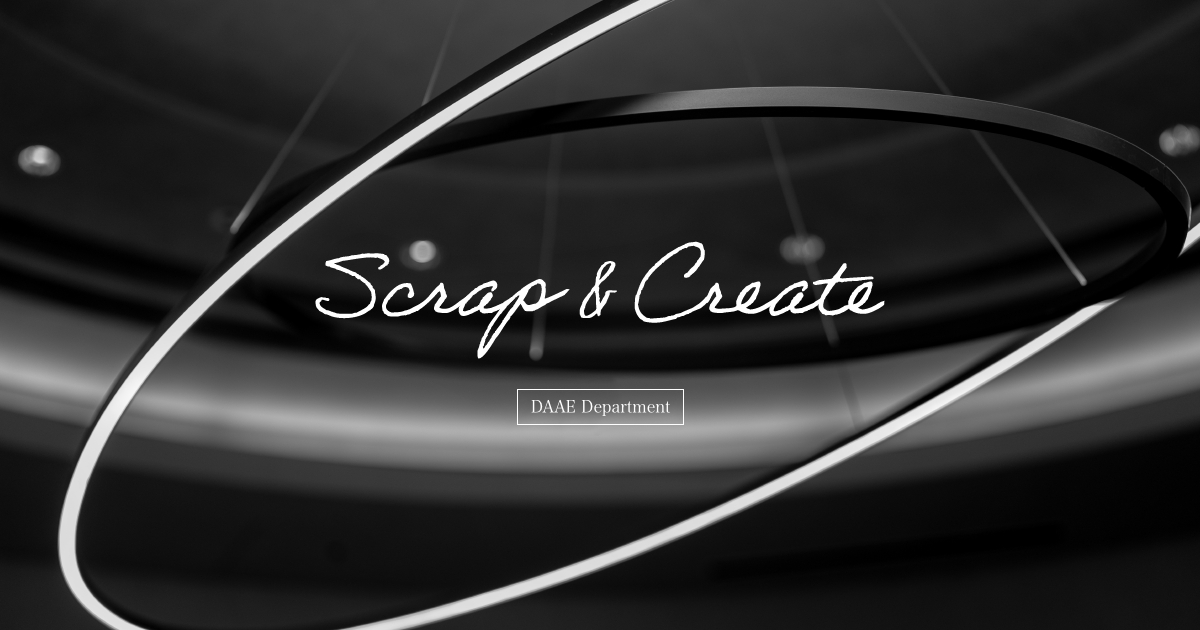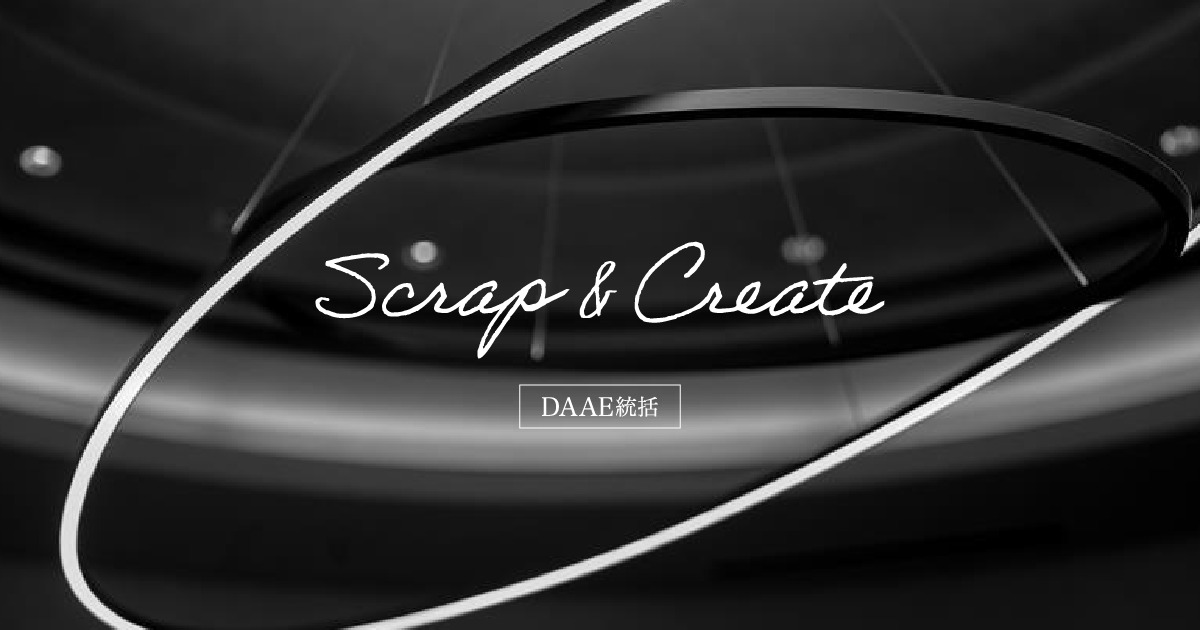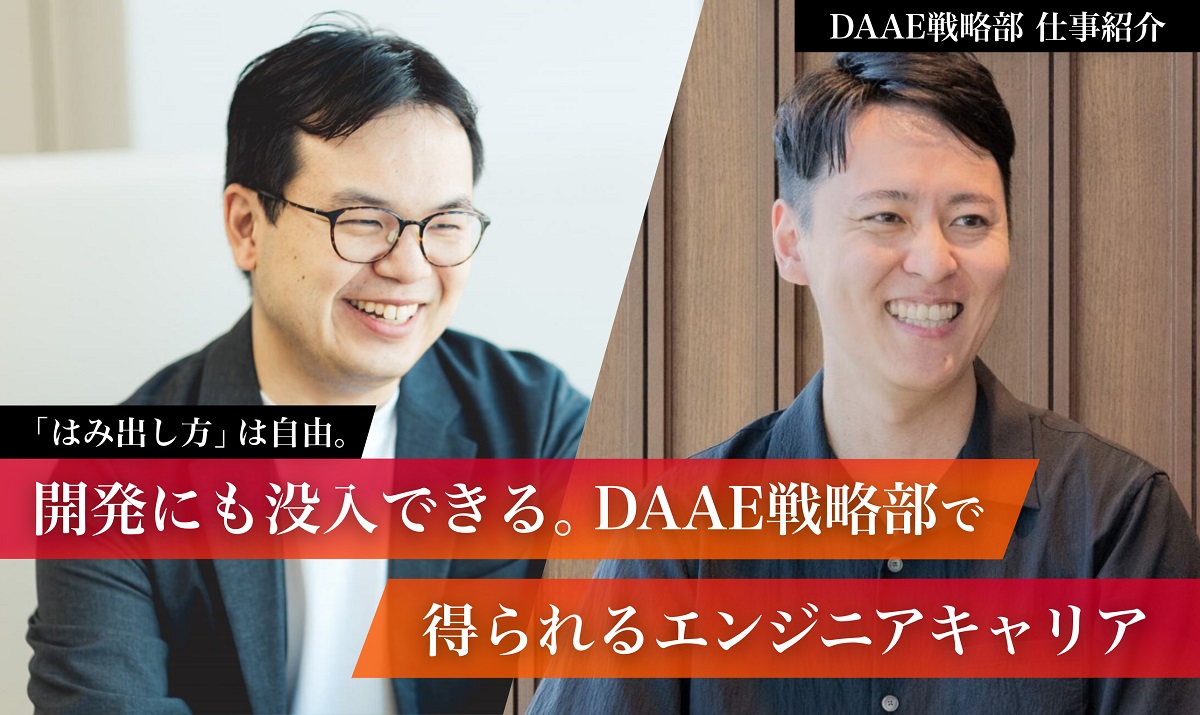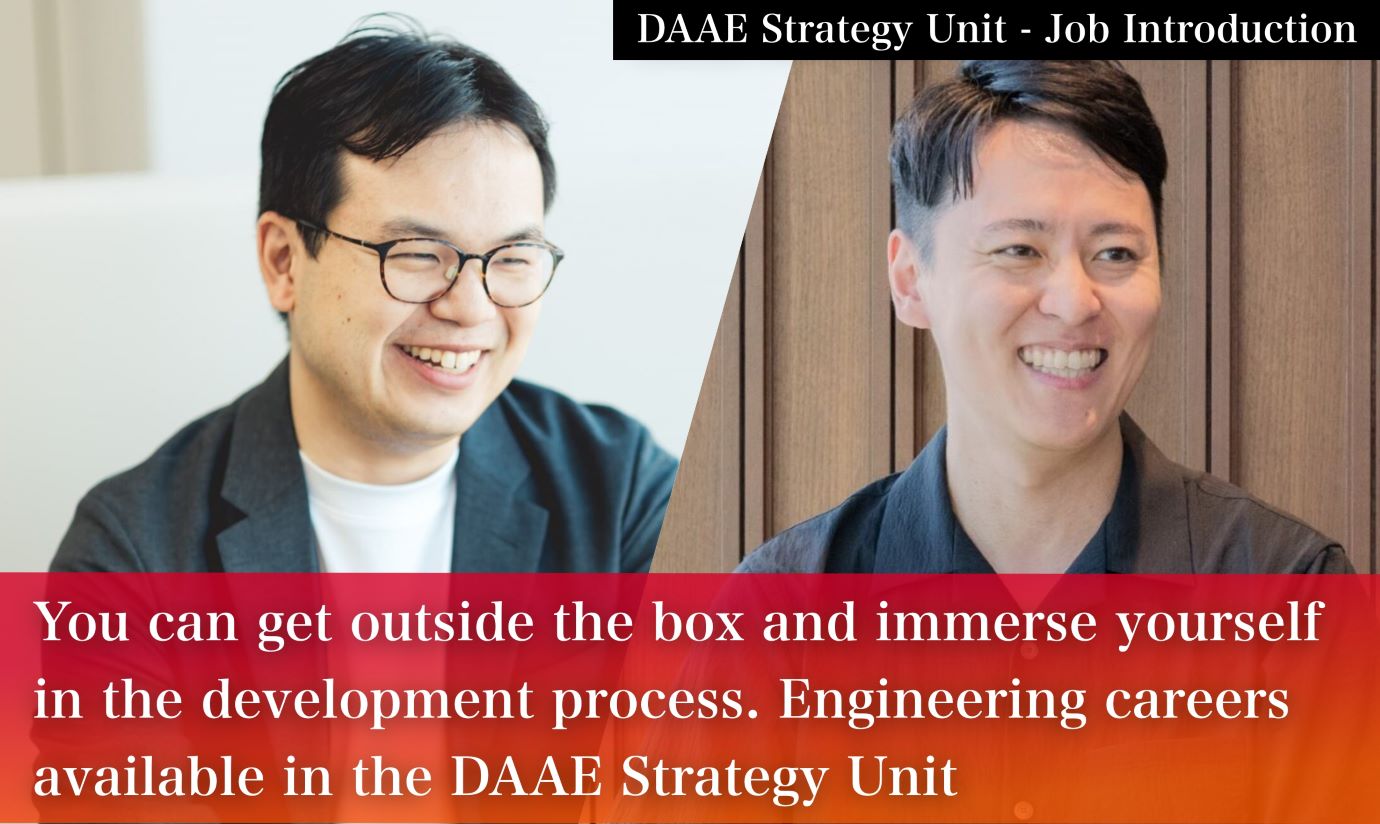
You can get outside the box and immerse yourself in the development process. Engineering careers available in the DAAE Strategy Unit.
“You can focus solely on technology, or branch out into business or design. The best part of working as an engineer in the DAAE Strategy Unit is being able to branch out in all sorts of ways.”
These were the words of Shun Kitahara, who, as a Group Manager, mainly leads the engineering area of the DAAE Strategy Unit.
The DAAE Strategy Unit––whose name comes from the concepts of Design, Agility, Assembly, and Economic quality––was established under the direct supervision of the executive team to develop products and services that will become successful lines of business.
The team of less than ten senior-level engineers receives diverse requests for product and service development daily and works to realize these requests in various ways.
What philosophy drives their development, and what specific engineering measures are they implementing? We spoke to Kitahara and team member Sakurai about the topic.
-
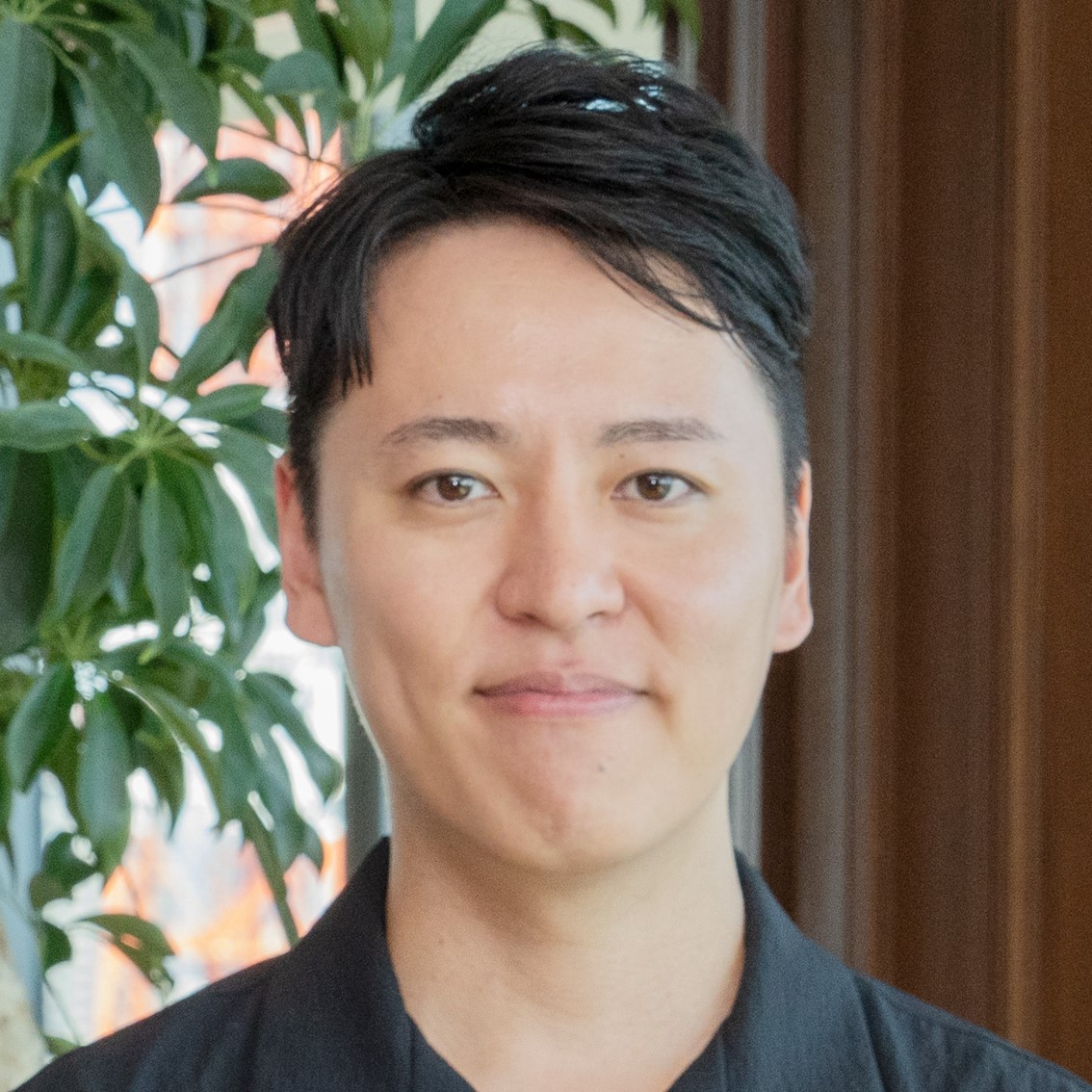
DAAE Strategy Unit, DAAE Group, Group Manager, Shun Kitahara
After graduating from university, he joined Yahoo! Japan as a software engineer working in the public payments domain, such as hometown tax (Furusato Nozei) and online donations, before being involved in the early launch of PayPay as a tech lead in 2018. He then moved to PwC Consulting and joined SHIFT in September 2022. As the current DAAE Group Manager, he manages engineering members and participates in multiple projects as a tech lead.
-

DAAE Strategy Unit, DAAE Group member, Sakurai
While still a student, he worked as a freelance sound engineer, doing sound for events and in recording studios. He then switched to being an IT engineer and worked on back-end development and management of systems for local governments and various core systems. He moved to SHIFT in March 2022 and is working on client projects as a mobile app engineer in the DAAE Group.
Table of Contents
Business, creativity, and technology in one place
―――We are talking about the working style of DAAE’s engineering positions, which involve rapid product development. First, please tell us why you chose SHIFT, including the progression from your previous jobs.
Kitahara: My previous job was as a tech strategy consultant at a global consulting firm, where I came up with and proposed a “vertical” product development method that would accelerate the process from conception to release and enhancement at high speed.
I happened to learn about SHIFT and decided that a company of this size with a leader like Tange-san, who is a fast decision-maker, would be a great place to practice the product management and engineering skills I had developed as a consultant.
Now, as group manager of the DAAE Group, I participate in various projects as a tech lead and am engaged in technical strategy, system design, and management of engineering members.
Sakurai: I started my career in development about 15 years ago, and for much of the last 10 years, I worked on-site for clients doing back-end development for the financial services industry.
As with many systems companies, there was a considerable increase in people management tasks as the years progressed.
I wanted to get more involved in development, but most of my work had become administrative, so I started looking for a new environment; that’s when I came across SHIFT’s DAAE Strategy Unit.
Business, creativity, and technology all come together in one place, and small teams work together on projects. I thought that sounded interesting, so I decided to change jobs.
I am currently working as a mobile app engineer on a development support project for Chubu Electric Power Miraiz’s new EV charging business, “treev (ツリーブ).”
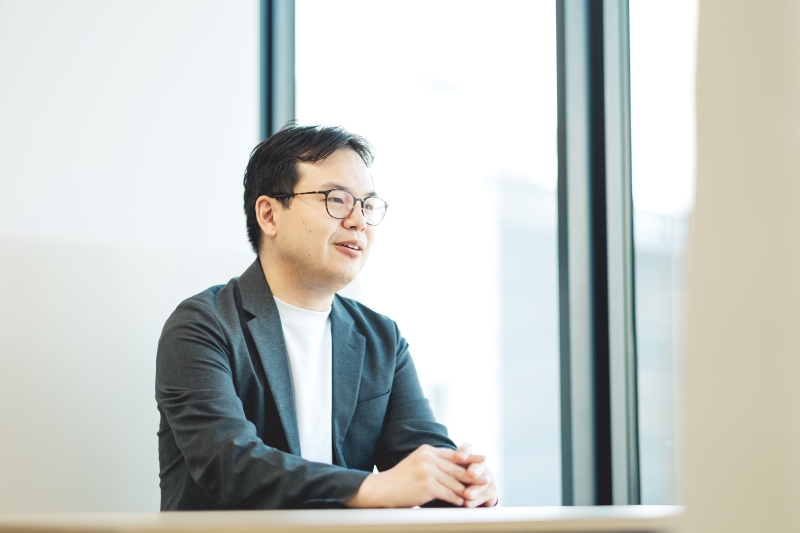
Assessing and shaping a high volume of requests and business ideas
―――What is it like to be involved in development work in the DAAE Strategy Unit?
Sakurai: As I mentioned earlier, we can form a small team of business, creative, and technology teams that work closely together, so I feel it’s easy to propose my ideas to all sides.
Typically, the division of roles is clearly defined, with only the designer making design decisions, for example, but in the DAAE Strategy Unit, we welcome any input.
Our basic approach is that even the development team members work together on the design.
Kitahara: The best part of getting your hands dirty is that you can participate across various projects, so there is real breadth to the kinds of things you do.
I sometimes work as a backend engineer, and sometimes I draw schematics to create an IoT device.
I can experience roles that would not be possible at other companies. I think this is a great environment for someone like me who wants to try my hand at many different things.
―――Please tell us what you enjoy about being on the management side in the DAAE Strategy Unit.
Kitahara: The DAAE Strategy Unit reports directly to the executive team, so we receive a high volume of requests and business ideas.
Currently, we have just under ten products and only eight engineers, including myself (as of May 2024).
We are all senior-level engineers, so it is fascinating to see how we can apply each person’s unique characteristics to the project, optimally assigning and managing them in conjunction with the resources of our group companies.
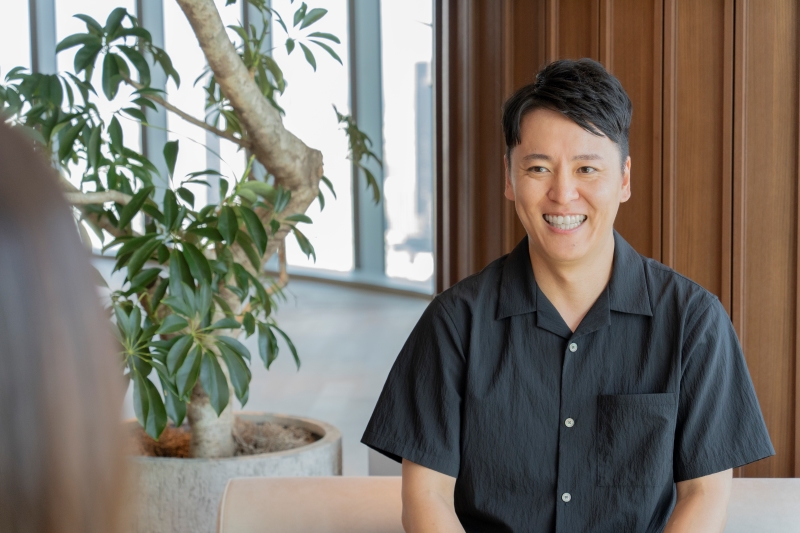
―――What is the granularity of the requests that are coming down from the management team?
Kitahara: For example, in the projects that Sakurai-san is involved in, it was clear from the beginning what we wanted to do, but there were also cases where we were asked more generally to “just make something.”
What’s more, we had to give our idea shape by the next week, so there was a sense of urgency.
―――It must help generate new ideas, but the speed at which those proposals come to the team is incredible. Isn’t it hard for the members who are doing the hands-on work?
Kitahara: I try to think the situation through and make sure I’m on board before making any requests.
Unless I’m satisfied with the task, I won’t hand it over to the team. I think my experience as a consultant has helped me digest things in this way.
―――I see. But when the number of products increases that much, it seems you would also need to think of new ways to do things, even while being mindful about assigning projects.
Kitahara: Yes, and to that end, we are currently focusing on standardization.
For example, if the technologies used for each project were completely different, that alone would cause a major problem, so we are trying to create loose common rules that say, “This is what we have here.”
Instead of accumulating knowledge to support development, we develop to build our knowledge
―――There is a risk that too much standardization will restrict the engineers’ freedom, so how do you strike that balance?
Kitahara: That’s something I think about every day. I think engineering can be roughly divided into the ideological part and the implementation part.
For the ideological part, by presenting the basic concept, I think it’s possible to create a template that still allows a certain degree of flexibility and is not unreasonable.
Sakurai-san, you have also been proactively working on standardization tasks, haven’t you?
Sakurai: That’s right.
We are extracting the content from the development infrastructure used in the mobile application development at Chubu Electric Power Miraiz, which I mentioned earlier, by removing elements unique to the client and feeding the core parts back to the team to proceed with standardization.
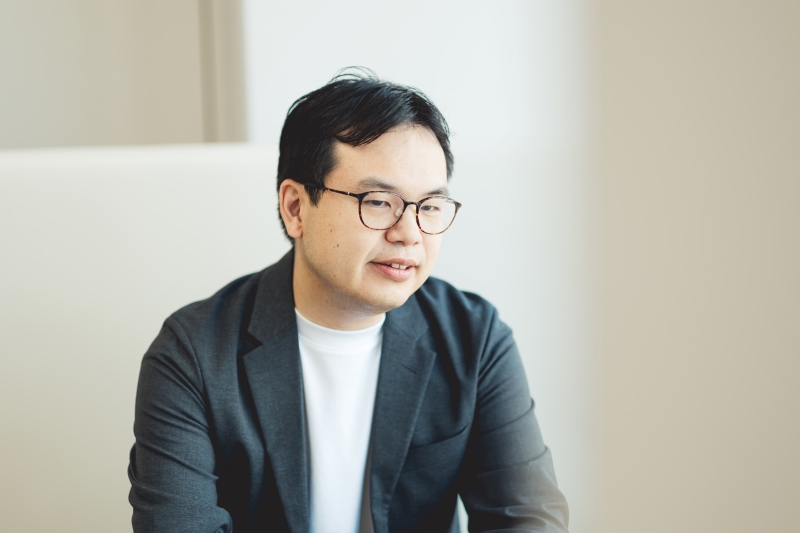
―――So rather than having one person dedicated to standardization, each engineer works toward that goal.
Kitahara: By building something that incorporates our ideas and experience in a bottom-up manner, I think we can create a standardization tool that is easy for each of us to use.
I think it is important at this point to draw lessons from actual projects.
―――I see.
Kitahara: There are many situations in each project where we need everyone to work at full throttle to get the job done.
However, it would be a waste if this knowledge ended up being only usable for that one project, so I ask the whole team, including myself, to document their tips in the form of notes, with the aim of thinking, “What is the best way to do this in general?”
In addition, we are working on output by using generative AI to format the data, turn it into a blog post, and publish it.
Instead of accumulating knowledge to support development, we develop to build our knowledge.
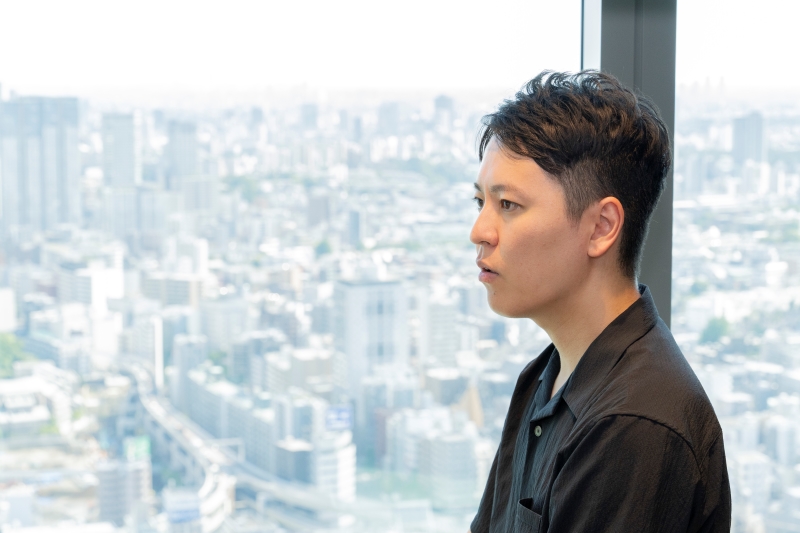
Solidifying the engineering philosophy of the DAAE Strategy Unit
―――What kind of engineering career can only be achieved in the DAAE Strategy Unit?
Sakurai: If I had to define it, I would say: you can do anything (laughs). You can develop expertise in a particular technology, but you can also be involved in design.
I think, if you talk to your managers about what you want to do, you can generally make it happen in this environment.
Kitahara: I get to work closely with senior management, who make decisions incredibly quickly, so you can assume that there are almost no constraints outside of engineering.
Since there are no procedural brakes, you can step on the gas and immerse yourself in development. Of course, you don’t have to focus only on your field; it’s OK to branch out a little into business and design.
I think the appeal of DAAE’s engineering career is that you can venture out in many ways.
―――What challenges would you both like to take on in the future?
Sakurai: Right now, all our products are still in the prototype stage, but I would like to grow them to a level where they can truly solve social issues. In my case, I think that would be the Chubu Electric Power Miraiz project.
Kitahara: In the context of standardization, I see it as an immediate to-do to solidify the engineering philosophy of the DAAE Strategy Unit.
Additionally, by communicating these ideas in a well-organized manner, I would like to contribute to the branding of SHIFT’s technology.
I want the DAAE Strategy Unit to take the lead in communicating that we are a company with genuine technology.
(*The content of this article and the affiliations of the interviewees are as of the time of the interview.)








